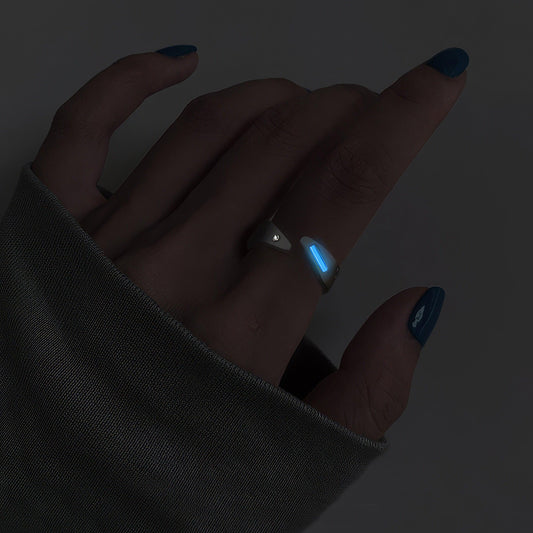Understanding Mohs Scale Beyond the Numbers
Understanding Mohs Scale Beyond the Numbers
During my years as a geologist, I've come to appreciate the subtle complexities of rocks and minerals. A key part of this understanding has often revolved around the Mohs scale of mineral hardness. Developed in 1812 by the German geologist Friedrich Mohs, this scale is more than just a series of numbers; it's a bridge between the tactile world we touch every day and the intricate, unseen interactions at a molecular level.
The Mohs scale, ranging from talc at a soft 1 to diamond at a dazzling 10, helps us grasp how durable or resistant a mineral is when scratched by another substance. My own introduction to this scale was less textbook and more personal. I remember as a child, my grandfather handed me a chunk of quartz—it's a common crystal, but to seven-year-old me, it was otherworldly. "Try scratching it with this," he said, passing me a penny. The penny failed to make a mark, and my grandfather smiled, setting off a lifelong curiosity about why some things were harder than others.
Interestingly, the Mohs scale isn't linear, a fact that surprises many. The leap from a level 9, corundum, to a level 10, diamond, is considerably larger than from gypsum to calcite, which both sit low on the scale. To put it simply, the scale is more about order than mathematical progression. Stones tell tales of their journey through these hardness levels, revealing not only their composition but also their histories.
One practical angle of understanding this scale involves day-to-day items. Take, for example, our smartphones. I've come across countless cracked screens in my line of work, and these always remind me of the fragility of glass—usually hovering around a 5 or 6 on the scale, depending on the type of strengthening it's undergone. It’s a thought that lingers every time I pass my phone to my toddler, wondering if today might be the day it meets the sharp edge of a toy—a hazard the Mohs scale can’t protect against, but can certainly narrate.
Back in 2017, I took a trip to the San Andreas Mountains and found myself surrounded by garnet and topaz, each distinct and beautiful in their resilience. I couldn't resist performing a few Mohs tests on site, a habit I have retained over time. There’s something satisfying about the careful scratch of one mineral against another, observing the marks left behind—or, in the case of tougher minerals, the absence thereof. In these moments, the Mohs scale transforms from an abstract concept into a tangible experience.
What often fascinates me is how the Mohs scale, despite its age, remains a staple in geology and even crosses over into jewelry and construction. From selecting the right stone for an engagement ring to choosing a robust ceramic for countertops, these decisions all quietly nod to Mohs’ genius. It’s intriguing to consider how something designed in the 19th century can still be so relevant today, living on as a critical tool for evaluating our material world.
As I tell my students, every rock has a story, and the Mohs scale provides the alphabet. Once you understand the language of hardness, the earth—and even your phone screen—takes on an entirely new meaning. Rocks, after all, are just as much about the stories they can tell as the ones we can create with them. So next time you pick up that quartz or admire that diamond, remember: there's a lot more going on beneath the surface than meets the eye.



























